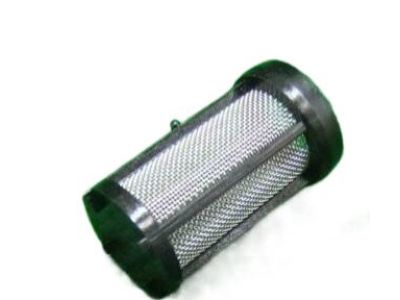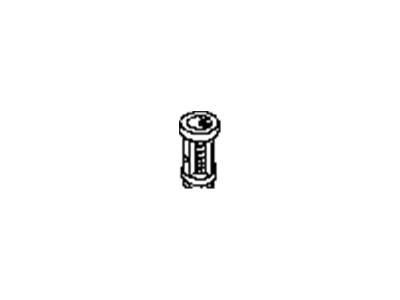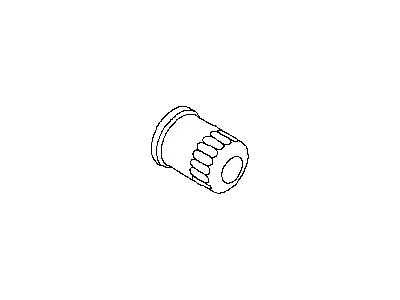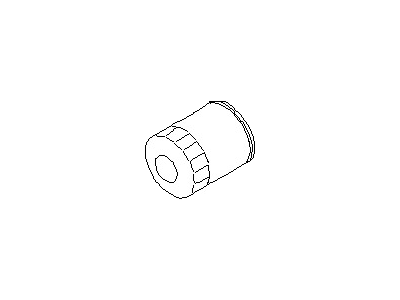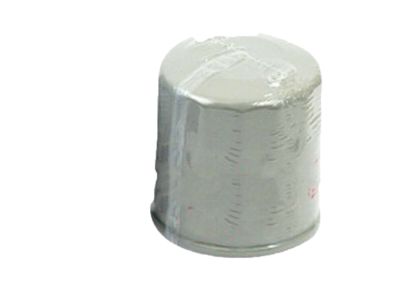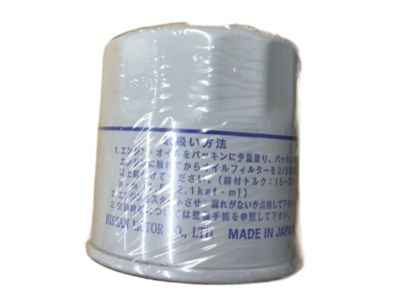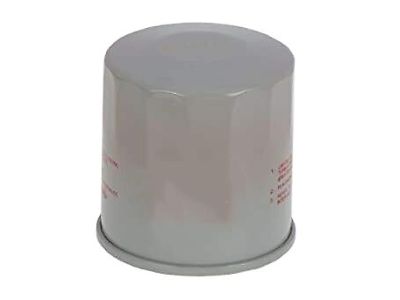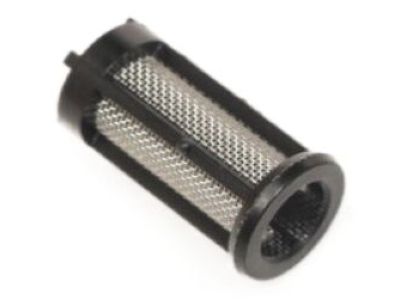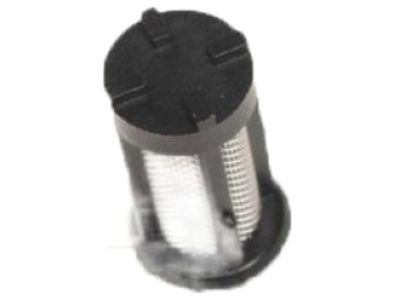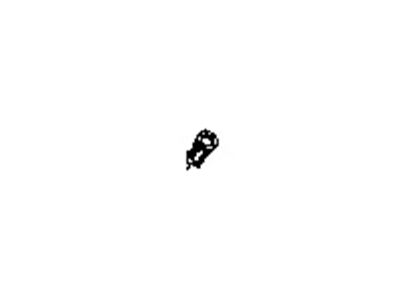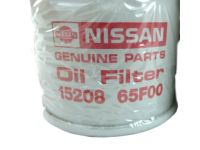
My Garage
My Account
Cart
Genuine Infiniti G35 Oil Filter
Engine Oil filter- Select Vehicle by Model
- Select Vehicle by VIN
Select Vehicle by Model
orMake
Model
Year
Select Vehicle by VIN
For the most accurate results, select vehicle by your VIN (Vehicle Identification Number).
7 Oil Filters found

Infiniti G35 Oil Filter Assembly
Part Number: 15200-AR000$28.41 MSRP: $38.18You Save: $9.77 (26%)Ships in 1-3 Business Days
Infiniti G35 Oil Filter Assembly
Part Number: 15208-65F0D$6.31 MSRP: $9.48You Save: $3.17 (34%)Ships in 1-2 Business Days
Infiniti G35 Engine Oil Filter Assembly
Part Number: 15208-65F00$6.31 MSRP: $9.48You Save: $3.17 (34%)Ships in 1-3 Business Days
Infiniti G35 Engine Oil Filter Assembly
Part Number: 15208-65F0A$6.31 MSRP: $9.48You Save: $3.17 (34%)Ships in 1-3 Business Days
Infiniti G35 Oil Filter Assembly
Part Number: 15208-65F0B$6.31 MSRP: $9.48You Save: $3.17 (34%)Ships in 1-2 Business Days
Infiniti G35 Oil Filter Assembly
Part Number: 15200-EY00A$49.20 MSRP: $66.67You Save: $17.47 (27%)Ships in 1-3 Business DaysInfiniti G35 Oil Filter Assembly
Part Number: 15208-65F01$6.31 MSRP: $9.48You Save: $3.17 (34%)Ships in 1-3 Business Days
Infiniti G35 Oil Filter
Wondering where to find exceptional quality and economically-priced OEM Infiniti G35 Oil Filter? You are at the proper online store. We offer all genuine Infiniti G35 Oil Filter with a manufacturer's warranty at unbeatable prices. Order now and you can get brand-new parts at your door step with our fast shipping times.
Infiniti G35 Oil Filter Parts Questions & Experts Answers
- Q: How do frequent oil and oil filter changes contribute to preventive maintenance on Infiniti G35?A:Preventive maintenance requires regular oil changes. This is because as time goes by, engine oil becomes diluted and contaminated, thus causing early engine wear-out. It is advisable to replace the oil filter every time you change the engine oil. Before starting the procedure, gather all necessary tools and materials. Get ready with clean rags and newspapers for clearing up spills. Lifting vehicle on a hoist, ramps or jackstands can facilitate access to the underside of the vehicle. Find out where your car's oil drain plug and oil filter are situated. Warm up the engine to normal operating temperature and get together all necessary tools. Safely raise and support the vehicle. Put a drain pan under it and use a wrench to take out a drain plug. Let all old oil run down leaving no stains on it after that wipe off a drain plug. Clean around the hole where you removed your drain plug then put it back correctly. Move a collection pan directly beneath an old filter and use an oil filter wrench for loosening as well as removing this component from its position Compare both filters in order to verify if they are of one type Clean ''mounting surface'' area on the new filter, lube with clean oil gasket Attach new filter by tightening according to instructions Set down your vehicle while keeping in mind where there is an engine compartment of an automotive car so as to find an opening for pouring an old lubricant in Start adding fresh motor fluid through into filler opening following volume specifications of used machine Wait until every drop falls inside; check its level via dipstick in several seconds Start your engine shortly in order to see if there is any leakage Inspect again level of lubricant; add more if needed Look for possible leaks or normal fluid level during those initial trips Check for flows or correct amount of lubrication within firstly travelled miles Bring used oil into special facilities designed exclusively for recycling do not spill it onto earth or let it flow into sewage systems.


